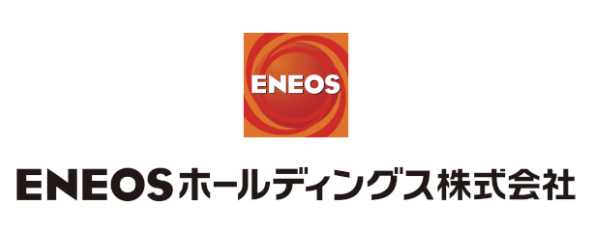Qamuy / Quantum Computing Cloud Service for Chemistry
A computational chemistry service using quantum computers - access the power of quantum computing without expertise in quantum algorithms
Want to know more?

HOW DO YOU USE IT?
Perform quantum chemical calculations on quantum computers
User can calcuate material of their interest like battery materials or photo-responsive materials using quantum chemistry algorithm on quantum computers
User can evaluate how quantum computers can be utilized for their business even with limited power of current quantum computers.
Evaluate the power of quantum computers
Assess the quantum computer resources required to address your challenges by Qamuy.
These estimates help user identifying what sorts of tasks quantum computers capable to do in the near future, and what obstacle needs to be solved.
Build custom quantum workflows
User can not only use a wide variety of features of Qamuy as quantum computing library, but also connect componnets for building cutomized application.
Customize Qamuy to your own workflow to optimizes into a tool that will show its full potential amongst the quantum computer age.
HOW DOES QAMUY WORK?
Qamuy interprets the quantum chemistry inputs to a quantum circuits, allowing seamless calculations on simulators and real quantum devices.
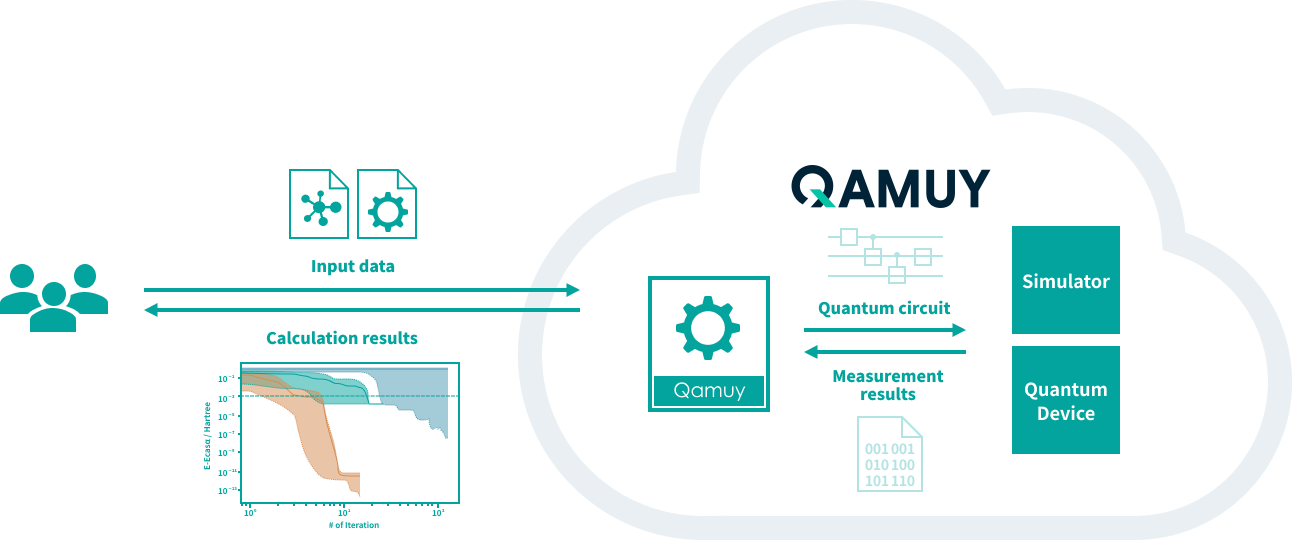
STEP 1Identify your task
You don't need knowledge of quantum algorithms to process the computation on the quantum computer - Qamuy translates the input of the quantum chemistry calculation into quantum algorithm.
STEP 2Optimize your quantum algorithm through Qamuy simulator
There are many parameters to be optimized upon executing quantum chemistry calculations on a quantum computer. Qamuy helps this optimization to be easy, and facilitates deeper understanding of the calculation through its process.
STEP 3Execute calculation on an actual device
Now you can execute these calculations on real quantum
device!
Qamuy offers a range of functions that help
executing calculations on quantum devices.
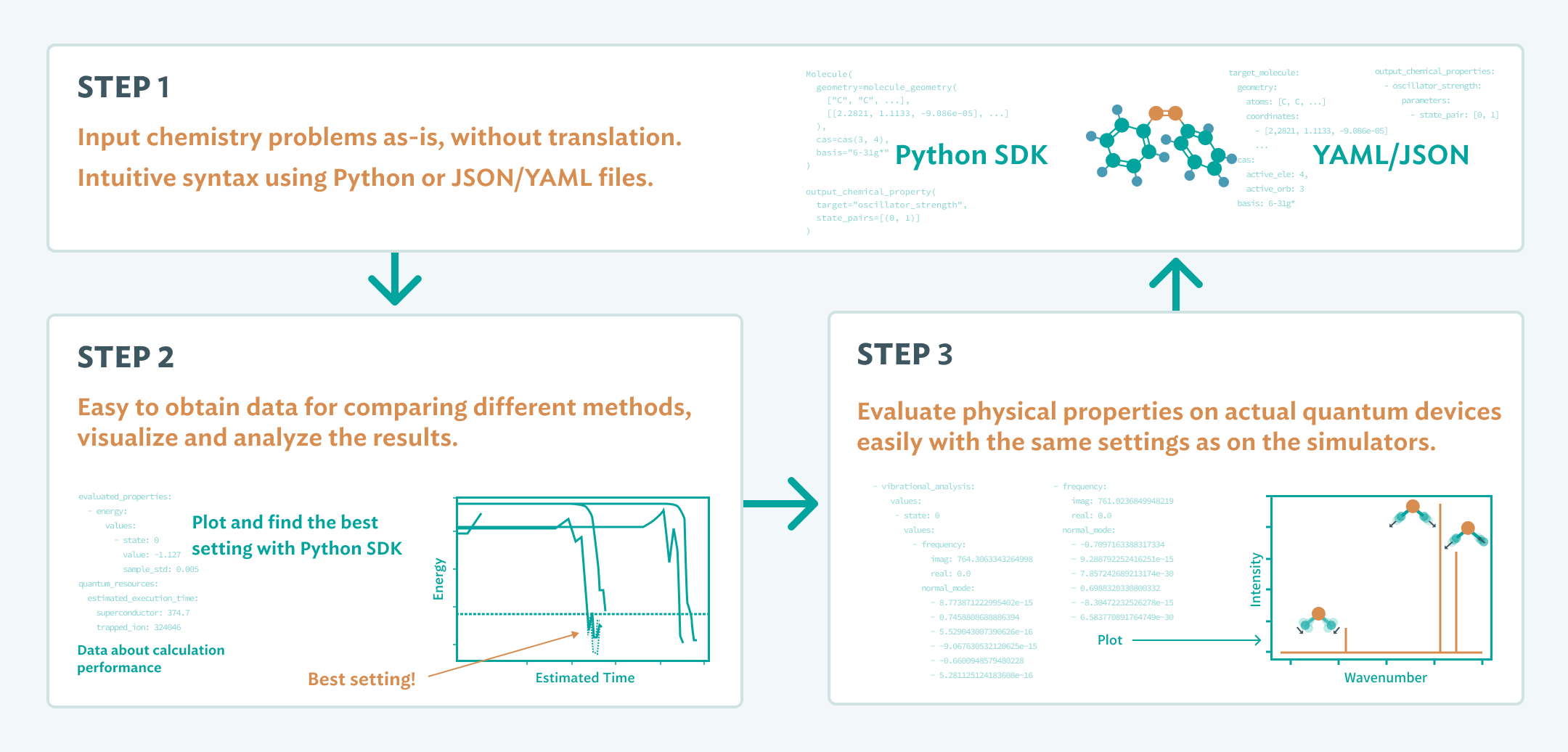
WHAT CAN QAMUY DO?
Qamuy is implemented with the state of the art quantum algorithm to process its quantum chemistry calculation for industrial use.
Geometry optimization
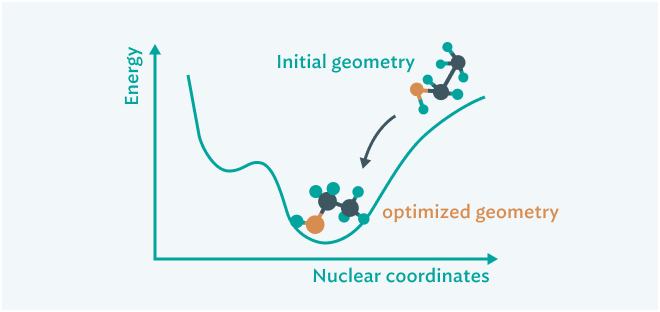
Light absorption spectrum
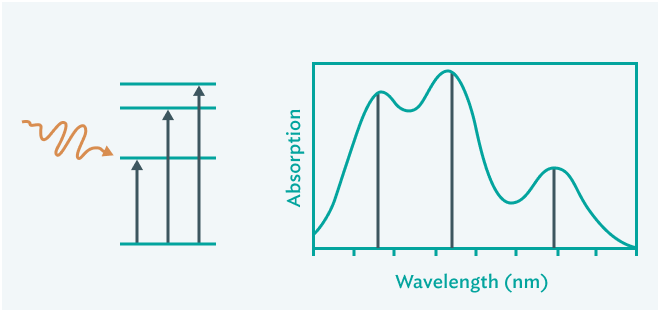
Molecular dynamics
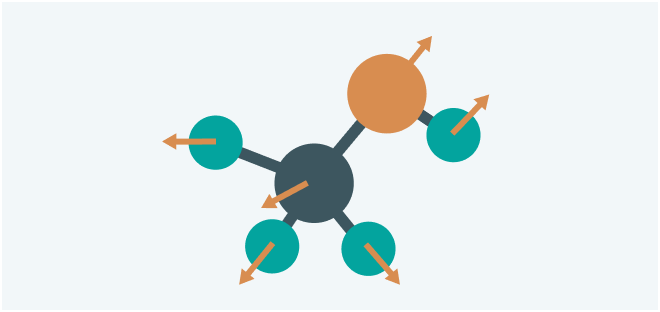
Vibrational analysis
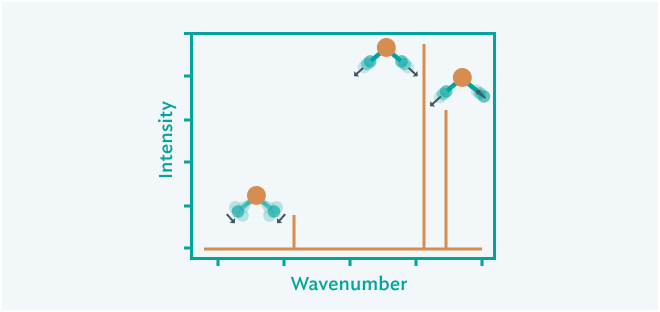
Non-adiabatic dynamics
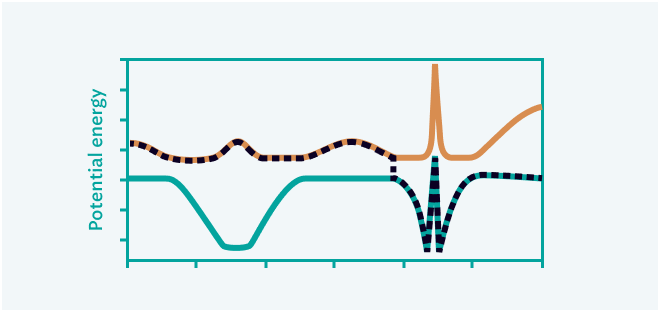
Band structure
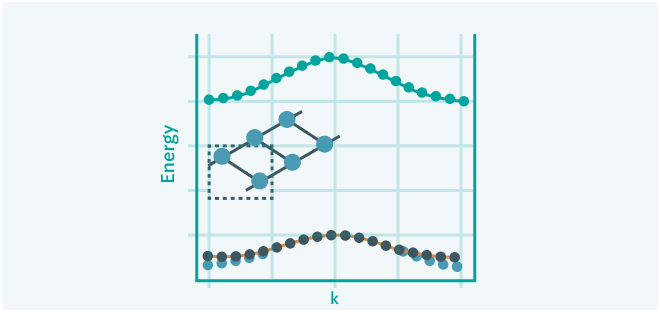
Quantum algorithm
- Solver (VQE/SSVQE/VQD)
- Orbital Optimization
- Ansatz (Hardware efficient/Symmetry preserving/UCCD/UCCSD/Fermionic adaptive)
- Optimizer
Chemical calculations
- Energy
- Energy derivative
- dipole moment
- oscillator strength
- non-adiabatic coupling
- vibrational analysis
- band structure
- geometry optimization
Quantum circuit simulator
- state vector simulation
- exact expectation value
- sampling evaluation
- simulation with noise effect*
Optimizing calculations
- Qubit reduction
- grouping of observable
- sampling strategy
Verification / Evaluation
- calculation on quantum devices*
- resource estimation for real devices
- Performance evaluation of quantum algorithm
Analyze・Sync
- JSON/input/output in the form of JSON/YAML
- Python SDK
- visualization of results
- Data integration with external tool
* Under development
USE CASES / 01
Analyzing the calculation of photochemistry reactions
CLIENT
Mitsubishi Chemical, JSR (Case study from QPARC)
BACKGROUND
A photochemistry reaction plays an important factor on modeling materials for artificial photosynthesis or OLEDs.
With conventional classical computers, it was difficult to calculate the “photoexcited states” with high accuracy. However, with quantum computers, this calculation can be made possible and can become a practical method with lower calculation times and high accuracy.
Experiments & Findings
Due to the state of current quantum computers not having the capacity to process industrially practical molecules, we verified the calculation of smaller related systems on simulator.
Through testing wide variety of current quantum algorithm we identified certain algorithm is able to obtain chemical accuracy and has the potential to adapt to a bigger system.
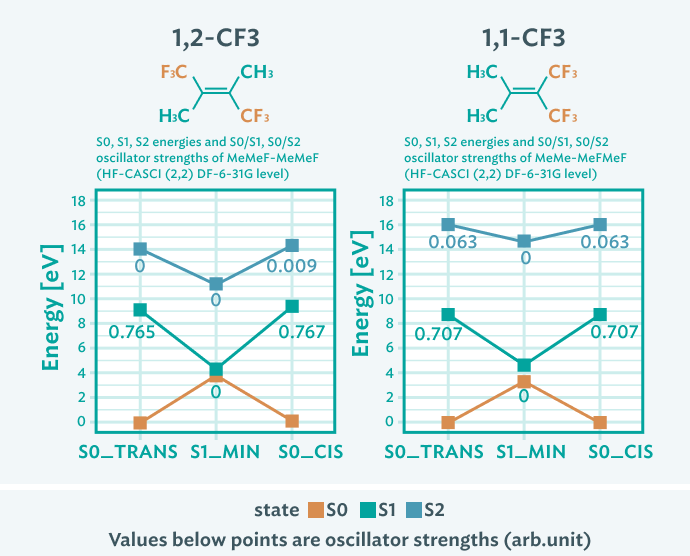
USE CASES / 02
Proposed method for calculation of periodic systems
CLIENT
Mitsubishi Chemical, Toyota Central R&D Labs., Inc., Sumitomo Metal Mining (Case study from QPARC)
BACKGROUND
The energy calculation of the periodic system is a crucial step upon manufacturing semiconductors or energy conversion. There have been numerous attempts using different calculation approaches, with some formulas currently used upon the material designing fields, however it has its limitations upon some systems such as that which involves heavy metals, which cannot be calculated with conventional classical computers.
Quantum computers has the potential of calculating larger systems, however the calculation of periodic systems require a large number of qubits.
This is the main reason why there are barely any examples with an actual application, until recently where there have been some cases applying to the periodic systems.
Experiments & Findings
Taking consideration of the limitations of the current quantum computer, we first simulated Hydrogen chain model to demonstrate Peierls transition on simulator.
This resulted in successfully identifying the Hydrogen chain causing a Peierls transition, confirming the usefulness and accuracy of the quantum algorithm for periodic systems.
There remains a challenge of reducing the large number of qubits required for periodic systems, which is a crucial step for running such as solid-state material.
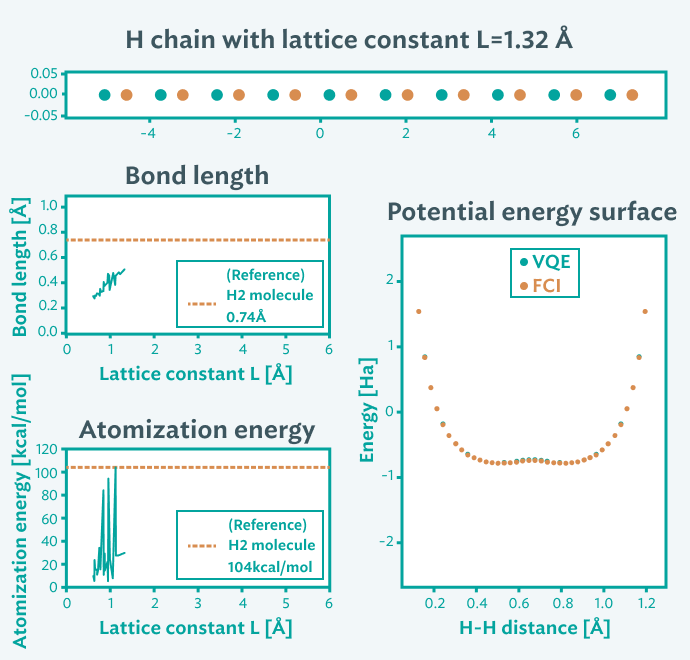
Partners
Interested in Qamuy?
- More details about Qamuy
- How Qamuy may be applied to your challenges
- How much Qamuy costs are



